Dick Dale and surf’s greatest guitar players on riding the tidal wave of twang
In tribute to the King of Surf Guitar: “They didn’t want anyone to play the guitar; They said it was the devil’s music”
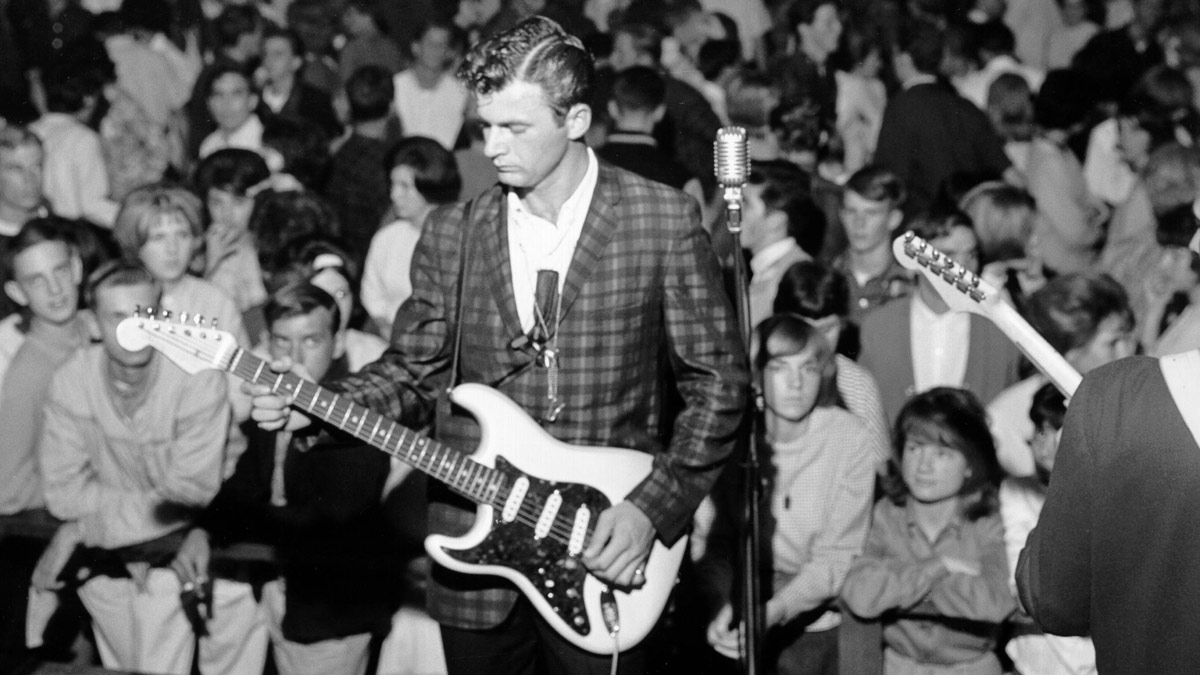
Dick Dale, The King of Surf Guitar, has died aged 81. In 2011, Guitarist magazine spoke to Dale and other titans of the genre about the gear, technique and attitude that gave birth to surf.
In the beginning, surf guitar was the lean, mean son of rockabilly that fuelled teenage rebellion on the sun-bleached streets of California. From these incendiary beginnings it grew into one of the most influential guitar styles in the world.
Featuring input from the original masters of surf, including Dick Dale and Paul Johnson of The Bel-Airs, Guitarist unleashes a tidal wave of twang…
The Rendezvous Ballroom in Balboa, California is ground zero for surf music in the early 1960s. Inside, Strat-toting legend-in-the-making Dick Dale plays Let’s Go Trippin’ and Misirlou [aka Miserlou] at a volume that could weld your eyeballs to the back of your skull, while lording it over a sea of writhing bodies, shards of shredded picks raining down on the stage around his feet.
Propelled by Dale’s machine gun left arm, surf music was nothing less than proto-punk. It was instrumental music played by kids, for kids. It spoke to them about their lives, and it was electric guitars that were doing all the talking.
Dale was the figurehead of the growing surf music scene and the Rendezvous Ballroom was his Cavern Club. But The King Of The Surf Guitar didn’t land the gig without a fight. In what sounds like a sequel to 1984 Kevin Bacon-launchpad Footloose, Dick had to face up to resistance from the local moral majority.
“They didn’t want anyone to play the guitar,” Dick tells Guitarist from his home in California. “They said it was the devil’s music. I told ’em, Would you rather have your kids somewhere where you can see what they’re doing, or out in the street drinking T-Bird wine?”
Want all the hottest music and gear news, reviews, deals, features and more, direct to your inbox? Sign up here.
In time we built up the audience to 4,000 people a night. That’s how we opened up that whole thing
Dick Dale
It was a fair point and the squares took the bait, albeit with a couple of conditions. Boozing on the premises and scruffy patrons would not be tolerated. The message was clear: if the kids want to rock “they gotta wear ties”.
“Whoever heard of surfers wearing ties?” Dick chuckles, before letting us in on his father’s ingenious solution to the problem.
“My dad bought a box of ties. I told 17 surfers that I was surfing with at the time, I’m playing at the Rendezvous, come on down. My dad gave them all a tie to get in… but they had bare feet!”
Once known as the Queen Of Swing, the Rendezvous Ballroom was a jewel in the crown of the big band circuit in the 1930s and 1940s. By the time Dick and his band The Del-Tones were dragging their gear onstage for their debut gig on 1 July 1961, the old girl was on the ropes. 17 punters weren’t going to save the day, but as it turned out, Dick and the boys were just getting started.
“In time we built up the audience to 4,000 people a night,” he remembers. “That’s how we opened up that whole thing.”
Rockabilly root
Surf music didn’t burst forth in a vacuum. While Dick Dale came from a background full of rockabilly and Hank Williams songs, a generation of kids were turned onto guitar by Link Wray, Duane Eddy and The Ventures, who despite occasionally getting their feet wet sonically, never considered themselves a surf group.
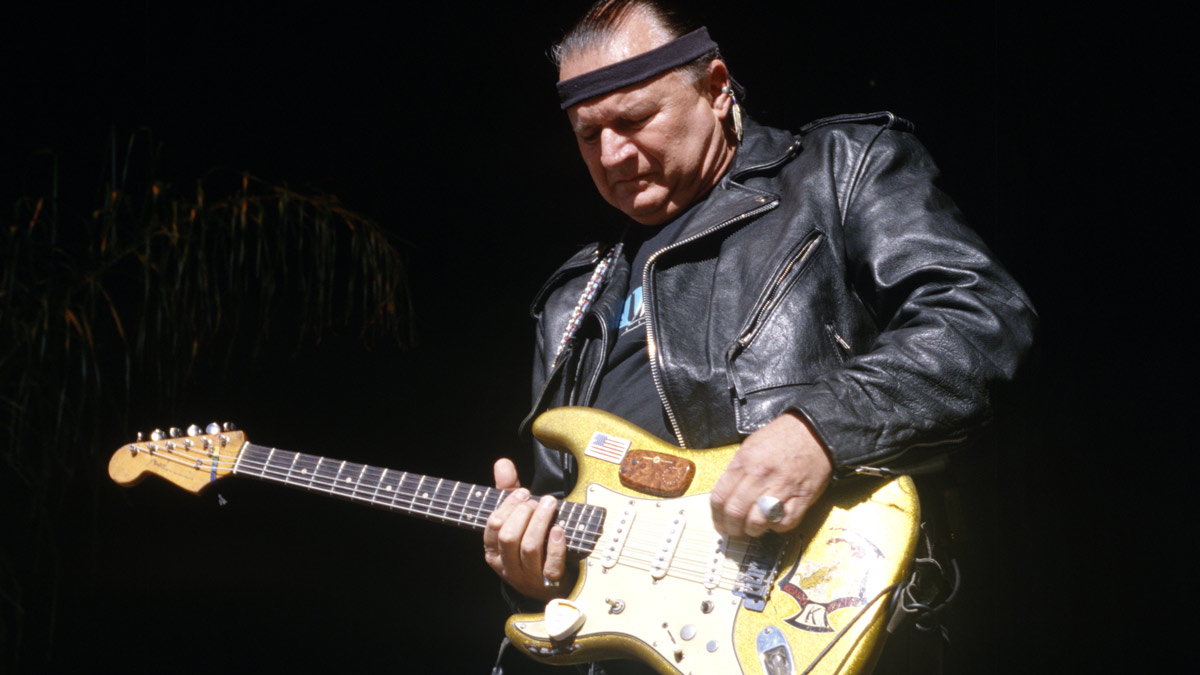
“They were the original founding fathers of the larger rock-instrumental genre,” says Paul Johnson, rhythm guitarist of original surf band The Bel-Airs. “They introduced the core idea of instrumentals featuring the guitar as a lead instrument and spawned numerous regional versions of the genre, including surf music.”
The Bel-Airs hold a special place in the history of surf music, as they were actually the first band to be described as ‘surf’.
“The surfers who attended our dances chose to call our music surf music,” says Paul, who began playing in the group when he was just 15. “This occurred simultaneously with Dick Dale.”
The Bel-Airs, featuring lead guitarist Eddie Bertrand, released a single called Mr Moto, which lit the fuse for this new style of instrumental music. Surf music took off from there with a string of sides by groups such as The Surfaris (Wipe Out), The Chantays (Pipeline), The Tornadoes (Bustin’ Surfboards) and The Lively Ones (Surf Rider). Not forgetting The Trashmen, natch, because everybody knows that the bird is the word.
“I’m friends with The Trashmen,” says Eddie Angel of modern rock instrumental heroes and Lucha Libre mask-wearing amigos Los Straitjackets.
“I’ve toured with them and my wife even books them. They told me a great story - I’m not sure what year it was, but one of the guitarists bought a brand new convertible Pontiac and drove from Minneapolis to California to see what was going on out there. He saw Dick Dale playing at a club and that was it. They went back to Minneapolis and started playing surf music.”
Cathedral of reverb
What really set surf apart from the other rock instrumental styles was the reverb-heavy sound; and no surf guitarist’s sound was as distinctive as Dick Dale’s.
“I love the real reverb-drenched, California tone,” says guitarist, producer, writer, music historian and all-round good cat, Deke Dickerson.
“To get that, you need a Fender guitar, to my mind either a Jazzmaster or a Strat, a Fender outboard reverb unit, and a Fender Showman amp with JBL speakers. If you’re going to do the Dick Dale double-picking thing, you need heavy strings, too.”
I needed a fat big sound. When it came to guitar strings, other guys would use thin gauges: .006s, .007s, .008s, .009s, .010s. My strings were .016, .018, .020, .039, .049 and .060.
Dick Dale
“It’s a brutal sound he’s got,” says Little Barrie and Primal Scream guitarist Barrie Cadogan of Dick Dale’s blitzkrieg tone. “It’s really hard to mimic his sound. I don’t think you can. He’s got those strings that are like telephone wires.”
“I needed a fat big sound,” responds Dick, when asked about his gauges. “When it came to guitar strings, other guys would use thin gauges: .006s, .007s, .008s, .009s, .010s. My strings were .016, .018, .020, .039, .049 and .060. People called them telephone wires. But the thicker the string, the fatter the sound. The thicker the wood on the guitar, the fatter the sound - if you could put strings on a telephone pole, you’d get a big fat sound. But you can’t hold a telephone pole, so we made the Stratocaster with thick wood.”
Dick’s contribution to rock guitar comes over like a mix of pyrotechnics and gear innovation. His fast staccato picking is a rock guitar staple that has been used by everyone from Angus Young to Pete Townshend. He likes to keep his approach simple too…
“I don’t know anything about an augmented ninth, or a 13th chord, and I don’t give a crap,” states Dick moments before offering us some Johnny Morris-style animal impressions.
“All I know is how to make my guitar scream with pain or pleasure. I used to imitate the sound of my lions and tigers, my elephants, my hawks and eagles [Dale had an impressive menagerie in his Orange County home, which included among other things, an adult tiger - Really Wild Ed]. When I’d come home and they wanted to eat, they’d give a big roar! The mountain lion would go, Whaaaaa! And I would try to do those screams and snarls on my guitar.”
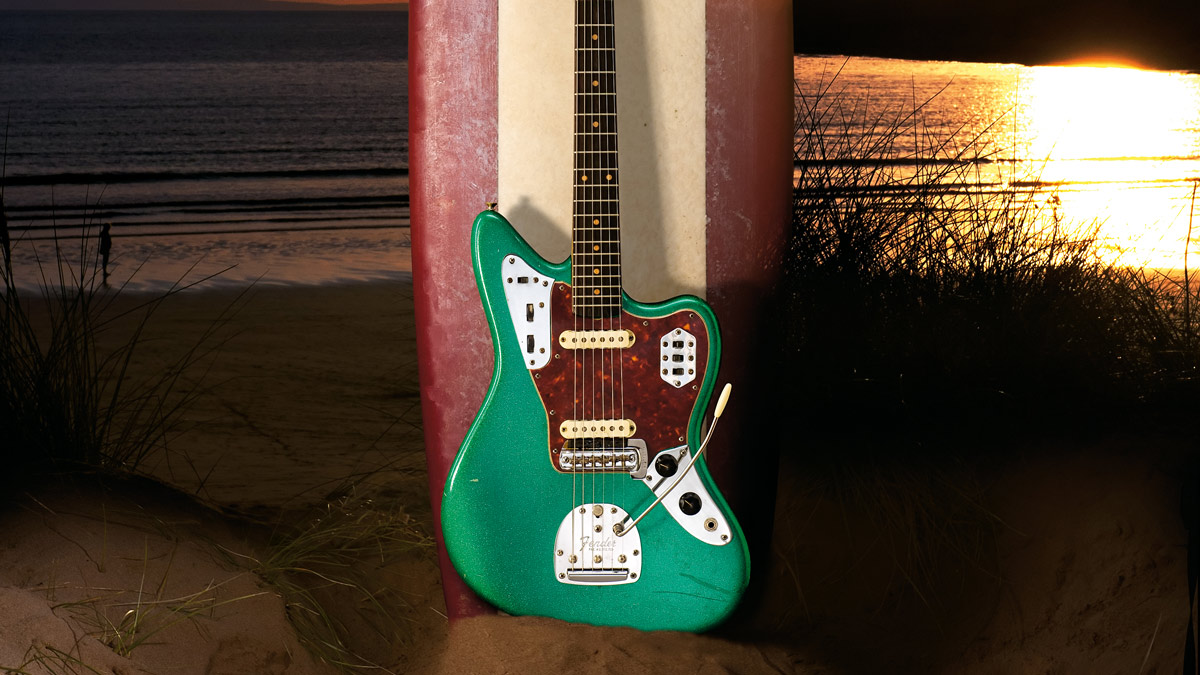
Amp-bursting energy
Dick would also imitate the sound of a wave. For many surf guitarists of the day this involved giving your Fender Reverb a good smack to get the springs rattling. Best done out of warranty, that. But then Dale had few worries in that department. He famously had a great working relationship with Leo Fender, which resulted in the development of the Fender Showman amplifier, although it did take a while. “I blew up over 50 amplifiers,” says Dick. “The speakers would catch on fire.”
“He wasn’t a guitar player, so he relied on feedback from local musicians that he respected and admired,” offers Barrie Cadogan about the special relationship that existed between Leo and the local Californian musicians. “He didn’t let his ego get in the way of his work.”
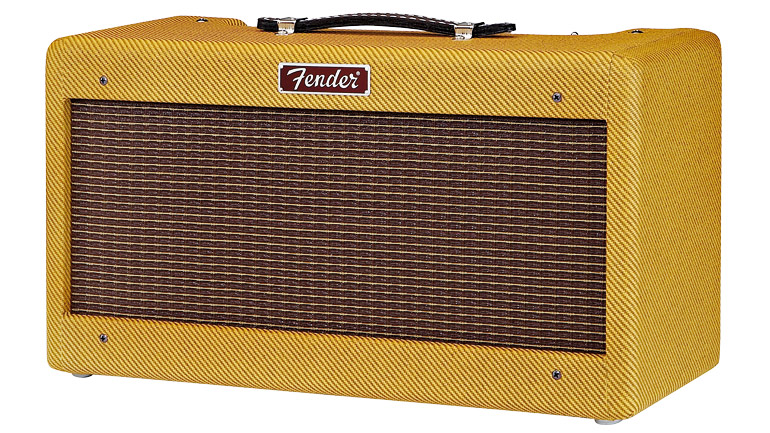
Barrie is also a devout Fender amp user. “My favourite amp is the ’63 piggyback Fender Bassman,” says the guitarist, who once released the twang-rich song Surf Hell - a cracking example of how to use surf guitar dynamics without sounding like a throwback.
“They’re brilliant for the surf sound. I use a Dr Scientist Reverberator pedal, which is the best ‘old-sounding’ reverb pedal I’ve heard. I’d love to have an old Fender reverb unit, but that’s a luxury item…”
Pulp friction
When the Rendezvous Ballroom burned down for the second and last time on 7 August 1966, it had barely outlived the first wave of surf music. Post-1963, surf music had become more vocal with the likes of The Beach Boys and Jan And Dean singing about love, cars and just having a swinging time. Meanwhile, Hollywood beach movies alienated the real surfers and many of the original bands had broken up or shifted into garage rock mode.
Surf DNA was still apparent in some of these bands (The Castaways’ 1965 classic Liar, Liar is a great example), but the British Invasion groups such as The Beatles, Stones, Kinks and Yardbirds’ combined with the ‘discovery’ of home-grown blues artists by switched on American kids, kicked sand in the face of surf music.
Spec changes at Fender didn’t help either, according to Deke Dickerson: “By 1965 Fender had built-in reverb on all its amps, but it didn’t quite sound the same as the outboard reverb unit - the classic surf sound was gone.”
I think it’s great that surf has lasted beyond Pulp Fiction, which trust me, almost killed surf music
Deke Dickerson
While some might credit Quentin Tarantino for getting surf back on its board in the nineties, the sound and influence of the music never really went away. Think of Ennio Morricone’s spaghetti western themes and bands such as The Ramones, The Cramps and The Dead Kennedys (particularly guitarist East Bay Ray’s approach), who all had elements of surf knitted through their sound. Then the genre was reignited properly with a surf revival in the ’80s, which has never really ebbed in popularity, despite a period of over-exposure.
“I think it’s great that surf has lasted beyond Pulp Fiction, which trust me, almost killed surf music.” says Deke. “Sure, it made surf music really popular for a few years in the 1990s, but it also made a lot of people really sick of it. It’s only been in the last few years that people were really ready to hear the music again.”
A double-header single by Southern Culture On The Skids and Los Straitjackets, two of the greatest American bands in any genre, proves surf was alive and throbbing in 2011. The bands brilliantly tackle Nirvana’s Come As You Are and Smells Like Teen Spirit respectively. While the SCOTS side is an out and out surf record, the group’s guitarist Rick Miller is a master of incorporating different styles in his songs, and making it work.
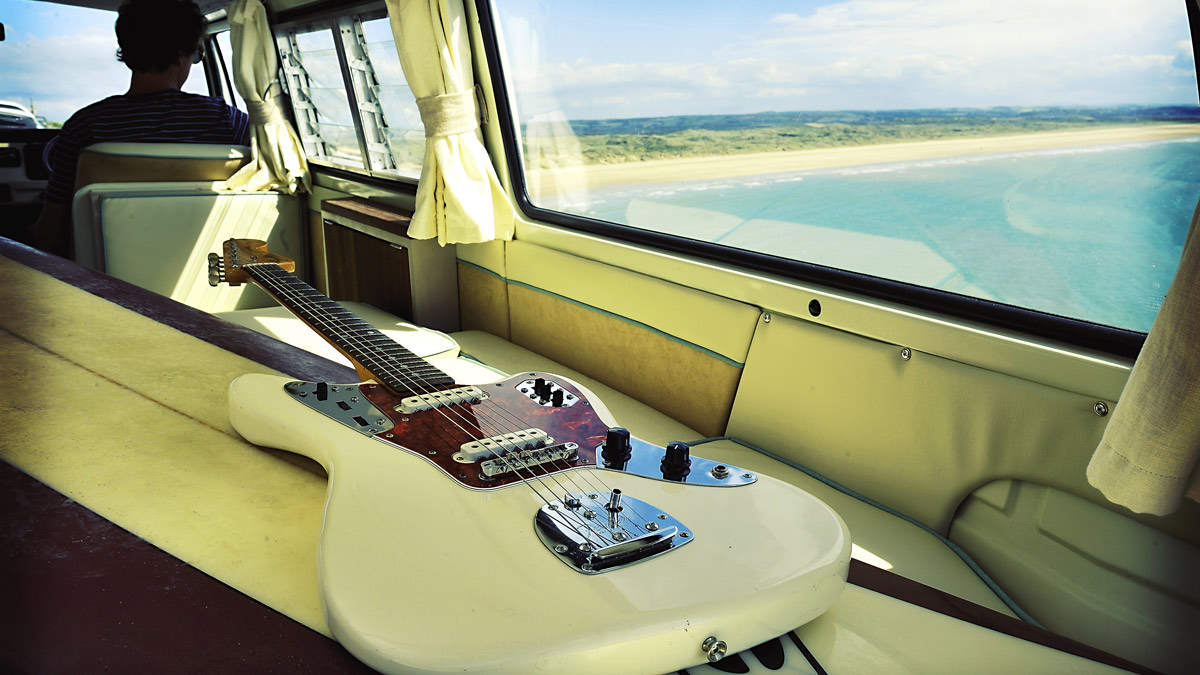
Doublewide, from the 2005 album Mojo Box, is a cool example of how to build a killer vocal tune around some great-sounding surf licks. The man is a master of tone, too, and keeps a collection of vintage amps and guitars at his Kudzu Ranch Recorders studio in North Carolina, USA. One of his favourite pieces of gear is our old friend the Fender Reverb Unit.
“I love the Fender three-knob reverb,” says Rick. “If you want to get a classic surf sound, that’s it - even more than a Fender guitar I think. Last time I came to the UK I brought it on the plane with me stowed in the overhead compartment. The look on the passenger’s faces!
“We had the lousiest seats right at the back and I’m walking down the aisle with my Fender reverb - and the springs are rattling. Of course, it’s got knobs, so it looks like it could be a bomb or something. Everyone’s giving me the worst looks. Then Customs pulled me aside and dusted it. I thought they were gonna strip search me. Man, that’s a heavy price to pay for great reverb!”
Endless summer
Ask Dick Dale why his music - and surf music in general - still brings people out in their droves and you’ll get philosophical musings on life, and playing to Aborigines, or something. Well, we tried.
Paul Johnson of The Bel-Airs is more direct: “It’s simplicity and accessibility. It is fairly easy to play the basics of the style. It conveys a non-verbal message that’s universal in its appeal. It’s fun and it has soul and emotion; and an attitude that transcends time and cultural differences.”
Our advice? Whack on Dick Dale’s Misirlou, The Bel-Airs’ Mr Moto or Baja by The Astronauts. Everything you need to know about what makes surf so cool is right there in those grooves. Oh, and crank up the volume and reverb like you’re playing to 4,000 kids at the Rendezvous.